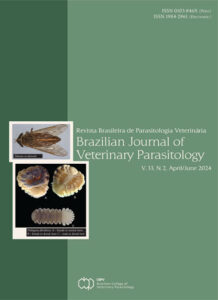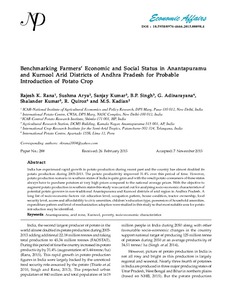The chloroplasts are a crucial part of photosynthesizing plant cells and are extensively utilized in phylogenetic studies mainly due to their maternal inheritance. Characterization and analysis of complete plastome sequences is necessary to understand their diversity and evolutionary relationships. Here, a panel of thirteen plastomes from various potato taxa are presented. Though they are highly similar with respect to gene order and content, there is also a great extent of SNPs and InDels between them, with one of the Solanum bukasovii plastomes (BUK2) having the highest number of SNPs and InDels. Five different potato plastome types (C, S, A, W, W2) are present in the panel. Interestingly, the S. tuberosum subsp. tuberosum (TBR) accession has a W-type plastome, which is not commonly found in this species. The S-type plastome has a conserved 48 bp deletion not found in other types, which is responsible for the divergence of the S-type from the C-type plastome. Finally, a phylogenetic analysis shows that these plastomes cluster according to their types. Congruence between the nuclear genome and the plastome phylogeny of these accessions was seen, however with considerable differences, supporting the hypothesis of introgression and hybridization between potato species.
Complete plastome assemblies from a panel of 13 diverse potato taxa
Citation: Achakkagari, S.R., Kyriakidou, M., Tai, H.H., Anglin, N.L., Ellis, D., Stromvik, M.V. (2020). Complete plastome assemblies from a panel of 13 diverse potato taxa. PLoS ONE. ISSN 1932-6203. v15(10): e0240124
2020-11-14
BIODIVERSITY FOR THE FUTURE, GENEBANK, GENETIC RESOURCES, POTATO AGRI-FOOD SYSTEMS, POTATOES
LATIN AMERICA, SOUTH AMERICA
PERU
journal_article


